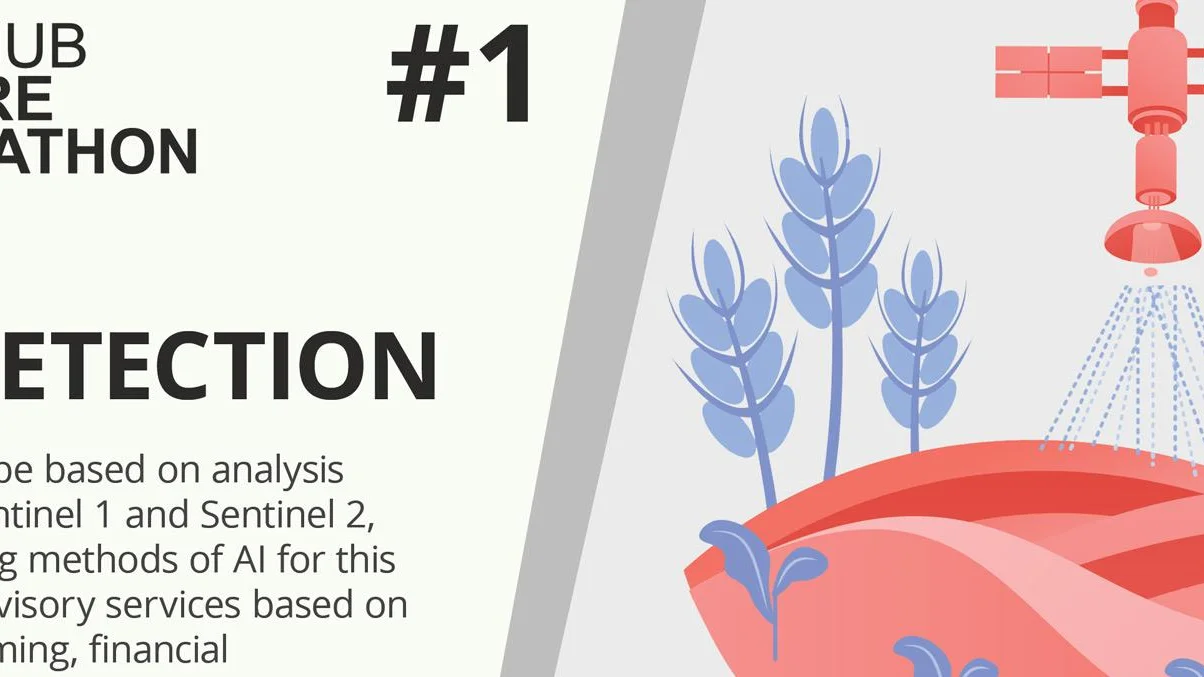Satellite Crop Detection technologies are focused on detection of different types of crops on the field in the early stage before harvesting. Their classification is one of the key themes of the common agricultural policy within the initiatives of the European Commission. Currently, data obtained from Remote Sensing (RS) are used to solve tasks related to the identification of the type of agricultural crops. and modern technologies in the issue of postprocessing of this kind of data sources.
For detection of crops are usually used classification methods, which can be divided on:
- Supervised classification is the technique most often used for the quantitative analysis of remote sensing image data. At its core is the concept of segmenting the spectral domain into regions that can be associated with the ground cover classes of interest to a particular application. In practice those regions may sometimes
- In supervised classification the user or image analyst “supervises” the pixel classification process. The user specifies the various pixel values or spectral signatures that should be associated with each class.
Image segmentation, which is defining directly object fields, can be considered as a more advanced method. Till now the method is working with Sentinel 2 and most of the solutions are working with data from one period.
The approach, which started to be tested during previous INSPIRE Hackathons, is based on classification selected indexes across all seasons starting from winter till end of the season. Using multitemporal data increases accuracy of classification.
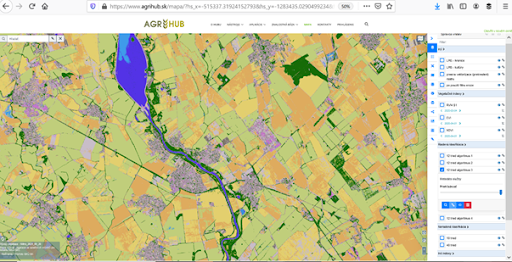
Figure 1: Supervised classification
Another way, how can be increased accuracy of classification is to use unsupervised classification for preprocessing. Advantage of unsupervised classification is that division of objects is done not on training samples, but only on the base of phenological phase and spectral characteristics. During hackathons we started to prepare a method based on unsupervised classification. Disadvantage is that such image requires additional interpretation of classes.
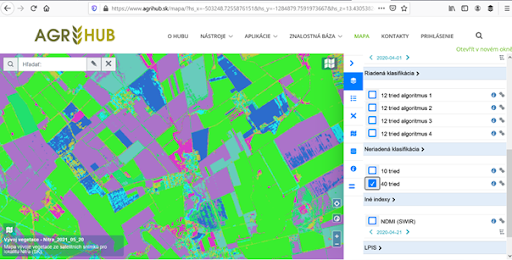
Figure 2: Unsupervised classification without interpretation
The methods of unsupervised classification can be improved by segmentation algorithms.
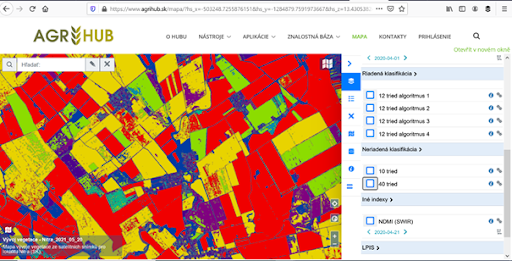
Figure 3: Segmented Image
For the interpretation, data could be combined with existing LPIS data, which can also increase accuracy of classification. In a previous test combining LPIS data with interpreted images, we reached accuracy higher than 85 percent.
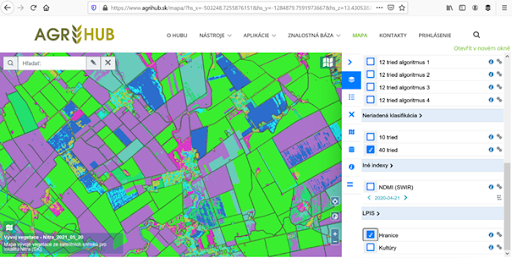
Figure 4: Combination of unsupervised classification with LPIS data
CHALLENGE GOAL: The focus of this challenge will be on extension of current experiments and turning these experiments into commercial businesses.
The registration for the challenges is open! Are you interested in extending current experiments available at Slovak Agrihub?
